|
There is no denying that social media has had a profound impact on the fashion and beauty industry. It may leave some of you confused. Do you know the difference between a balayage and an ombre... or exactly what is a shadow root or color melt? . What does it all mean? Well, here’s a handy guide to terms we use in the beauty industry which may help you understand these trends or even just the basics. Below are terms worth knowing if you’re considering coloring your hair. Bust these out the next time you’re in our salon and your stylist will be seriously impressed!
Babylights: A very fine version of highlights that mimic the natural look of a child’s hair that’s been kissed by the sun. Balayage: A hair painting technique that was developed by French colorists. It involves hand painting strands for a natural-looking, easy-to-maintain ‘do. Since it utilizes a free-hand technique balayage can be customized to your lifestyle and ideal maintenance schedule. Base Color: The color that is applied all over your head as a starting point for your dye job. Typically, highlights and lowlights follow in order to veer away from a monochrome, one-dimensional look. Color Melt: Melting is a technique that blends the highlights with the base color of the hair so that there are no harsh lines. Cool: Although you might be the epitome of a “cool girl,” this term actually refers to the tonal value of the dye you select. Cool tones include blues, purples, and greens, while cool colors range from platinum and ash browns to plum reds and blueish blacks. Pro tip: Opposites attract, which means cool hair colors look best on warmer skin tones. Dimension: The opposite of flat hair. Dimension is the difference between lackluster locks and a head full of movement brought on by highlights and lowlights. Double Process: When you sit in the salon chair through not one, but two coloring techniques within one hair appointment to achieve optimal dimension. Example: base color + highlights. Foiling: When a colorist paints your hair inside strips of foil which are then folded around the sections of hair to create highlights and lowlights. Full Highlights: Highlights everywhere! Who would’ve guessed? No, this doesn’t mean that all your hair is being dyed. Rather, it means that sections of hair will be highlighted all through your hair, instead of just on the topmost layer. Lowlights: Where highlights use blonde streaks to brighten up tresses, lowlights darken strands to add depth and dimension. .Ombré: The low maintenance look that’s the result of the beautiful balayage technique. Since strands are only colored from mid-shaft to ends, you won’t need to worry about growth or touch-ups nearly as often with this look. Partial Highlights: Typically face-framing or top layer lightening to add the illusion of volume and body. Pastel: The lightened, extra playful colors that span across the rainbow. Lavender locks, anyone? Bleached Hair in the color of your choice and watch as your mermaidy tresses make a splash. Platinum: The blonde of blonde. Easily one of the most time-consuming, maintenance-requiring hair shades a girl can choose. But if ice cold color is what you’re after, then a platinum ‘do might be in your future. Shadow Root-:This stunning look means that roots are just a different color from the rest of the hair. Hair is dyed so the color starts in a tapered manner a couple inches down from the scalp. Those roots can then be a natural dark hair color, green, red, blue or any color you want. Typically, fashion color roots are paired with silvery hair for a stunning look. Single Process: One and done, meaning you can get your desired hue in just one sitting. Tone: Essentially the adjective that describes a hair color. While there are black, blonde, brunette, and red hair colors, tones break it down even further. Think: soft jet black, platinum blonde, strawberry blonde—you get the idea. Sombre: Sombre is the subtler softer sister of Ombre. With this method, there’s a lower contrast between the hair at the roots and the hair at the ends, and the dark shade at the roots subtly gradates into the color at the ends for a more seamless blend. Warm: The other side of the tone spectrum. Where cool refers to blues, purples, and greens, warm tones lean towards yellows, oranges, and reds. The same way cool tones look best on opposing skin tones, warm hair colors look best on cooler skin tones. Sulfate-Free: Easily one of the most need-to-know terms in this guide. Sulfates are detergents found in everything from household cleansers to shampoos. If you have color-treated hair, consider using sulfate-free shampoo like our All-Nutrient Certified Organic brand. If you’re going to invest in coloring your hair it’s wise and cost effective to invest in products that will help preserve your color. We know, this is a lot to remember… but once you understand these terms you’ll be able to ask for the look you want without any confusion or misunderstanding. A happy client equals a happy stylist!
3 Comments
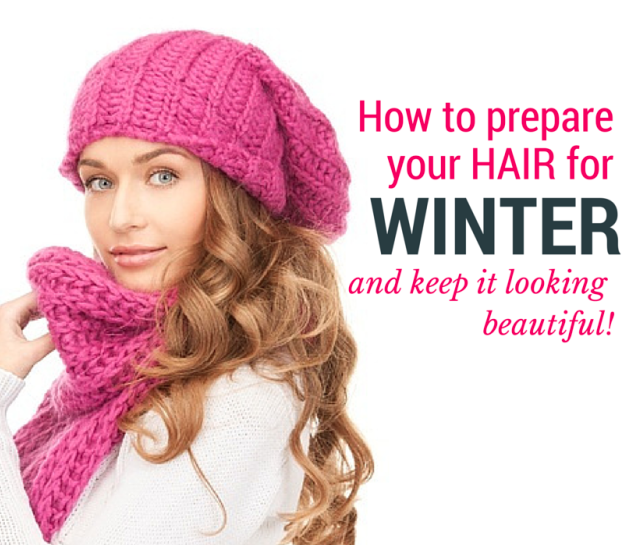 During the winter months, cold outside weather combined with dry indoor heat can wreak havoc on your hair, leading to split ends and breakage. 1. Shampoo less often to help with itchy, flaky scalp. Plaques of skin can smother the scalp, not only causing itch and flakes, but smothering growth as well. “Shampoo a little less if you can. Watching your diet and managing stress are good solutions for scalp concerns. 2. Switch to an oil-based hair moisturizer to lock in extra moisture. Blasts of dry air are not good for any type of hair. The only way to combat it is with extra moisture. Hair is sensitive to cold weather, and prone to brittle texture, breakage, and split ends. We recommend our All- Nutrient or Onesta Hydrating Conditioners. 3. Commit to weekly treatments to keep hair hydrated. Once a week, you should treat your hair: slather conditioner on. Wear a shower cap to help hold the heat in for the moisture to penetrate into the hair shaft. Leave in for 30 minutes. We recommend our featured product of the month, “Onesta’s Nourishing Moisture Masque” 4. Use a leave-in conditioner to combat static. It’s common to get those static fly-aways in the winter when the air is dry. Be sure hair is hydrated with regular conditioning, then lock it in with a leave-in conditioner. We recommend All-Nutrients Color Safe Detangler or Red-e to Go Instant All in one Hair Treatment. 5. Cut down on your heat-heavy styling routine. Avoid daily use of hot tools. All that heat and dryness will result in split ends and breakage Also try protective styles, such as braids, buns, twists, and ponytails, which give hair time off from the heat routine. 6. Never go outside with damp hair to bypass breakage. It’s critical to dry your hair thoroughly before going out into the cold. Anything that’s cold expands. Exposing your hair to the cold weather, puts you at risk for breakage and makes your color fade faster. 7. Hydrate hair overnight with an oil or serum. Try All- Nutrients Organic Pure Oil (essential nutritive therapy for the hair and skin) Protect your pillowcase with an old t-shirt to avoid staining. 5 New Year’s Resolutions For Healthy-Looking Hair
Every new year, many of us use this time to make resolutions to improve our lives in some way. This year why not resolve to have healthier, beautiful hair. Here are a few tips to help you on your way! Resolution #1: Minimize The Use Of Heat Styling Tools! Excessive use of hair dryers, curling irons or flat irons are one of the worst culprits that causes damage to your hair. We know they can be difficult to give up completely, so why not aim to lower your usage, and your wattage instead. According to researchers, 365°F is what you want your flat iron to be. That temperature allows the most styling benefits in the fewest strokes, helping hair retain moisture and easily sealing the cuticle—which leaves your locks shiny, smooth, and resistant to humidity. But keep in mind, this is an average only for those of you that have normal undamaged hair. Many of us are over heating our hair causing damage, dryness and breakage! Make sure the temperature is right for your hair. This is a big one. Fine, damaged or chemically treated hair should only be ironed at a low setting, below 300 degrees. Normal hair can be ironed at 300-380 and thick, coarse or extra curly hair at 350-400. Anything higher is a no-no and unnecessary. Once you reach 420°F this is the temp where keratin protein starts to melt—something you can't repair; causing breakage and split ends.) So, try to cut back on heated styling and if you really must use your styling tools, be sure to prep your hair with a heat protectant to help limit the damage like Onesta’s Thermal Setting Mist. Not only will it protect your hair from heat damage it also protects hair color with a natural sunscreen and adds shine and control with flexible hold and manageability. Trust us, your hair will thank you later! Resolution #2: Moisturize! If you’re dealing with dry, damaged hair, you’ll definitely need to up your moisturizing game in 2017! Dry hair can often lead to brittleness and breakage (which is something none of us want), so be sure to quench parched strands by using rich, hydrating hair products, like the All-Nutrients or Onestas Hydrating Shampoo and Conditioner, or consider a deep treatment with Onesta’s Moisture Mask. This intense treatment repairs damage to the cortex, seals the cuticle & stabilizes porosity levels. To repair or prevent broken bonds in your hair schedule an Oleplex treatment. It is the only treatment with a proven track record to fix hair from the inside out repairing broken bonds. Even better, purchase a series of treatments that will insure your locks will look their very best in 2017! See coupon. Resolution #3: Schedule Regular Salon Visits Regular trims help your strands stay healthy-looking by removing dry, damaged split ends. Remember, once your hair strands split it will continue to split; running up the hair shaft until it breaks off, leaving those unsightly frizzy fly a-ways. It’s recommended to book a haircut every 6-8 weeks. Try pre-booking a few haircuts in advance at the beginning of the year. This way, you’ll have no excuse to get your split ends trimmed off! New Year’s resolutions for healthy hair: Sleep on a silk pillow. Resolution #4: Sleep On A Silk Pillow This clever New Year’s resolution won’t only benefit your hair, but it’s wonderful for your skin as well. Sleeping on a cotton pillowcase, causes your strands to rub together, causing friction and therefore, more damage. But when you sleep on a silk or satin pillow, your hair won’t rub together as much, plus it won’t absorb as much moisture from your locks, either! Another tip is to use a neck pillow that will keep your head supported to avoid any chance of friction. Resolutions #5: Pay Attention To Your Diet! As well as using the right products and getting your hair cut regularly, your diet is another thing that plays a huge part in achieving healthy-looking hair: While eating a balanced diet is a no-brainer, there are certain types of food that can even help with the production of healthy hair, like salmon, poultry, avocados, wheats, grains, eggs, and sweet potatoes. If your diet is not the best then I recommend supplementing with “It Works”, “Hair Skin and Nails” (made with the highest quality ingredients and bioavailability to insure the health of your hair, skin and nails). Remember the health of your hair begins from within! So now that we’ve given you some resolutions to add to your list, why not check out some do-it-yourself tips and tricks for healthy, strong hair in the new year; featured in the blog Cultivate Excellence wrote on us; Main Street Hair Company! photo: milanmarkovic 123RF We are honored and thrilled to introduce Jill, the newest member of our salon family. Jill brings a plethora of talent and experience to our team. She has spent the last 20 years developing her artistry since graduating from the world-renowned Pivot Point international Cosmetology School. Pivot Point is considered to be the premiere and global leader in hair and beauty education Jill continued on to attend John Roberts Powers to receive her certification as a makeup artist. She has used her talent in formal hair design and make-up to create many beautiful and happy brides.
Being an inherently creative person Jill has explored and developed multiple talents in most every area of the industry throughout the span of her career. The experience and advanced training she’s received working in several salons throughout the city; including an exclusive all men's salon, has enabled her to provide an expansive repertoire of services. As well as her artistry in bridal and special occasion hair and make up, (including airbrush make up and false eyelashes), she excels in both long and short women's haircuts, including trend cuts, razor cuts and invisible layers. In addition to traditional color, her color skills include corrective color, highlights/lowlights, Ombré and Balayage. She has advanced training and experience in men's haircutting with an emphasis on fades and trend cuts. Jill prides herself on having the ability to perform any service a client should request with confidence and continues to stay current with educational courses to learn the latest trends. Jill grew up on the southwest side of Chicago and moved to the western suburbs after marrying her long time love, Dave, a well-revered firefighter/paramedic in a neighboring community. They share their home with a handsome Persian fur baby they call Jack. Another one of Jill’s passions is in the kitchen.. Already talented she’s honed her culinary skills at Kendall College in Chicago...we are all looking forward to some samples in the near future! Jill can best be described as being genuine, having a laid back nature and as someone who loves to laugh. She can carry on a conversation no matter what the topic! Jill is currently available on Wednesdays, Fridays and Saturdays. Stop on in to Main Street Hair Company and give her the opportunity to work some magic on you... |
Archives
April 2023
Categories
All
|
About us |
Company |
|
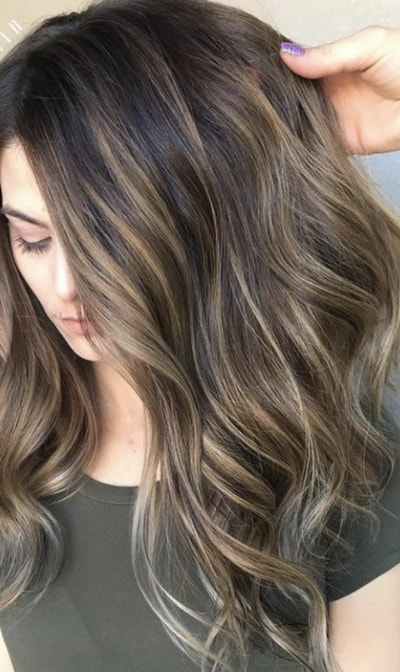
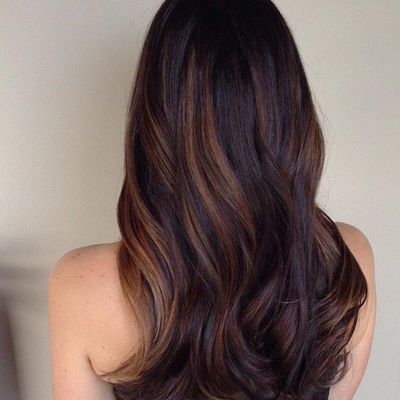
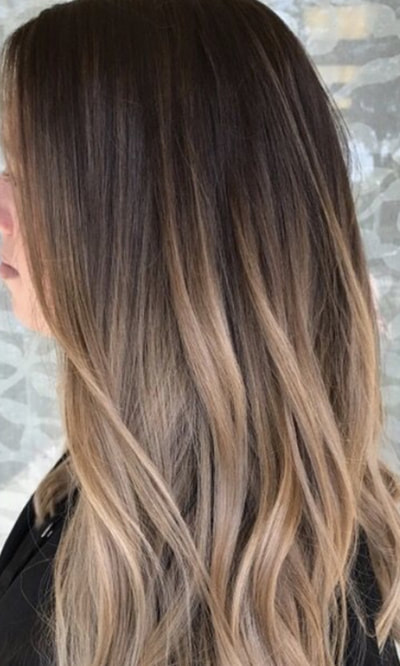
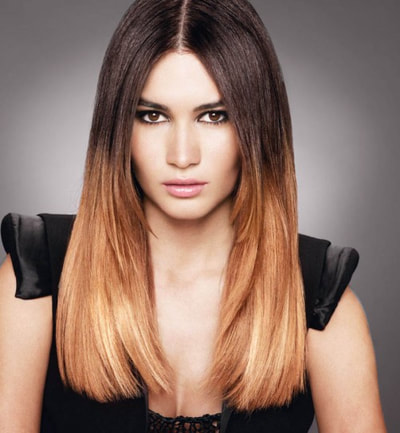
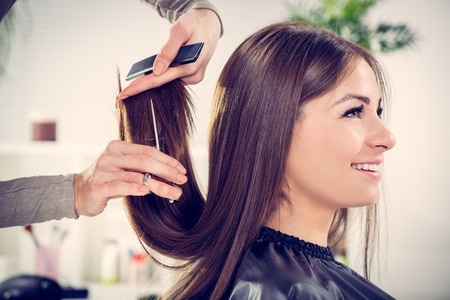
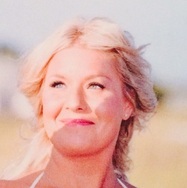
 RSS Feed
RSS Feed